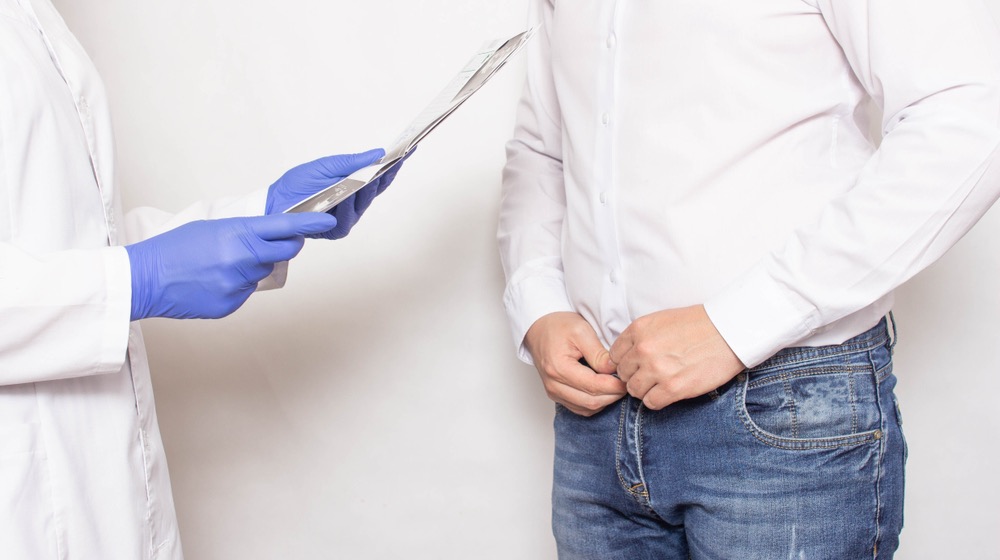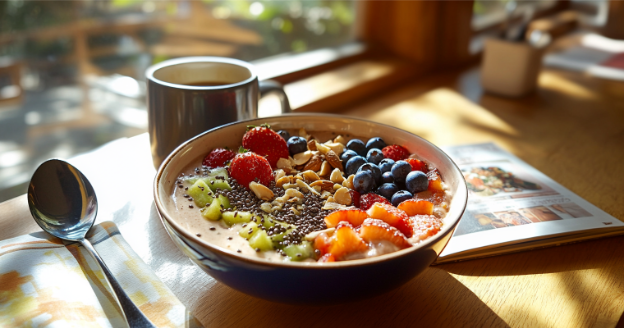Life feels like a blur sometimes, doesn’t it? The present moment often slips away between tasks, responsibilities, and endless distractions. Thankfully, everyday mindfulness offers a gentle way to pause, reconnect, and experience life. This isn't about escaping reality. It’s about embracing it, one breath at a time. Here’s how to bring everyday mindfulness into your routine.
Pause, Breathe, Thrive: Everyday Mindfulness Made Simple
We spend so much time juggling tomorrow’s worries and yesterday’s regrets that we often miss what’s right in front of us. Everyday mindfulness is your invitation to slow down, breathe deeply, and actually live your life. Because, let’s face it, the present is the only time you truly own. Shall we explore how to embrace it?
Start with Small Shifts
Many people assume mindfulness requires major changes. However, even tiny adjustments can have a significant impact. For instance, consider how often you rush through your morning. Slowing down helps create room to breathe.
When you wake up, take a moment to feel your feet on the floor. Listen to the soft gurgles of the machine as your coffee brews. While brushing your teeth, notice the cool sensation of mint. These subtle shifts help the mundane transform into something meaningful.
Not every moment needs to be profound, though. The goal is simply to notice more of what’s already happening.
Notice the Gaps Between Actions
Transitions are everywhere yet they often go unnoticed. From finishing one task to beginning another, these in-between moments are usually ignored. Still, they hold immense potential for mindfulness.
Before answering an email, pause for a second. When transitioning from work to home, take a deep breath. These micro-pauses aren’t interruptions—they’re invitations. You don’t need to fill every moment. Letting yourself still be one way to recharge your mind. At first, it might feel strange. Over time, though, these pauses become natural.
Tune Into Your Body’s Signals ♀️
How often do you notice your own body during the day? Most of us only pay attention when discomfort strikes. However, your body constantly communicates and offers opportunities for mindfulness.
For example, tension often builds up without you realizing it. If you feel tightness in your shoulders, gently roll them back. Should your jaw clench, try softening it. These small actions bring you back to the present almost instantly.
Additionally, consider grounding techniques. Feeling your feet firmly planted on the ground creates a sense of stability. Even shifting your posture can make you more aware of the moment.
Stay Curious About Everyday Senses
Mindfulness thrives on curiosity. Through your senses, the ordinary becomes extraordinary. While eating, take a closer look at your food. Notice its colors and textures. As you chew, pay attention to the flavors unfolding.
Similarly, during a walk, shift your focus to the world around you. The rustling of leaves, the warmth of sunlight, or the chill in the air can ground you. Even the scent of fresh laundry can suddenly smell delightful. This sensory focus doesn’t demand perfection; rather, it encourages exploration.
Let Waiting Become a Gift ⏳
Few things test patience like waiting. Lines, delays, or hold music often trigger frustration. Nevertheless, these moments offer hidden opportunities to practice mindfulness.
Next time you find yourself waiting, notice your breathing. Let your attention rest on the sensation of air moving in and out. Alternatively, focus on your surroundings. Observe the details of the space you’re in without judgment.
Although it may seem counterintuitive, waiting slows time. By leaning into the pause, you get to reclaim that moment for yourself.
Respond Instead of Reacting
Stressful situations often pull us out of the present. Instead of reacting immediately, mindfulness teaches us to pause first. With practice, this response feels more empowering.
For example, take a slow breath when anger or frustration rises. Then, name the emotion without judgment. You might say to yourself, “I feel irritated.” This simple acknowledgment diffuses intensity.
Afterward, ask yourself how you want to respond. Whether it’s setting boundaries or letting something go, the choice becomes clearer. While it’s not always easy, responding thoughtfully creates more peace.
Celebrate Progress, Not Perfection
Mindfulness isn’t about doing everything perfectly. Some days will feel effortless while others might seem chaotic. Despite these setbacks, every attempt to stay in the present matters.
Even noticing a single moment of stillness during a busy day is progress. When you catch your mind wandering, gently guide it back without criticism. Over time, these small wins add up. Moreover, don’t underestimate the value of self-compassion. Being kind to yourself strengthens your practice.
Every Breath, a New Beginning
Mindfulness isn’t just a practice—it’s a way of being. By staying present, you create space for joy, connection, and clarity. While the world rushes forward, you learn to stand still and savor what’s here. Why not start now? Pause, breathe, and feel this moment. Life is happening now, and you are beautifully part of it.
FAQs: Everyday Mindfulness
- How do I practice mindfulness in just one minute?
Focus on your breathing or your senses for 60 seconds. - What’s the best time to practice mindfulness?
Anytime! Morning routines, meal breaks, and evenings all work well. - Can everyday mindfulness help with stress?
Absolutely. It reduces overthinking and increases calmness. - What if I get distracted during mindfulness?
Distraction is normal. Gently return your attention to the present. - Do I need a quiet space to practice mindfulness?
Not at all. You can practice anywhere, even in noisy settings. - How does mindfulness improve focus? It trains your brain to concentrate on one thing at a time.
- Can mindfulness help with sleep?
Yes. A brief breathing exercise before bed often improves sleep. - How do I make mindfulness a habit?
Pair it with existing routines like brushing your teeth. - Are there any tools to support mindfulness?
Yes, apps, journals, and guided meditations can be helpful. - What’s the difference between mindfulness and meditation?
Mindfulness is a broader practice; meditation is one technique within it.
Trending
11 Last Minute Valentine’s Day Gifts
Everyday Mindfulness: Feel Grounded, Joyful, and Alive Today
Get Updates
SIGN UP FOR OUR NEWSLETTER TODAY

Chronic Balanitis Treatment: Can Circumcision Help?

11 Last Minute Valentine’s Day Gifts

Related

Chronic Balanitis Treatment: Can Circumcision Help?

